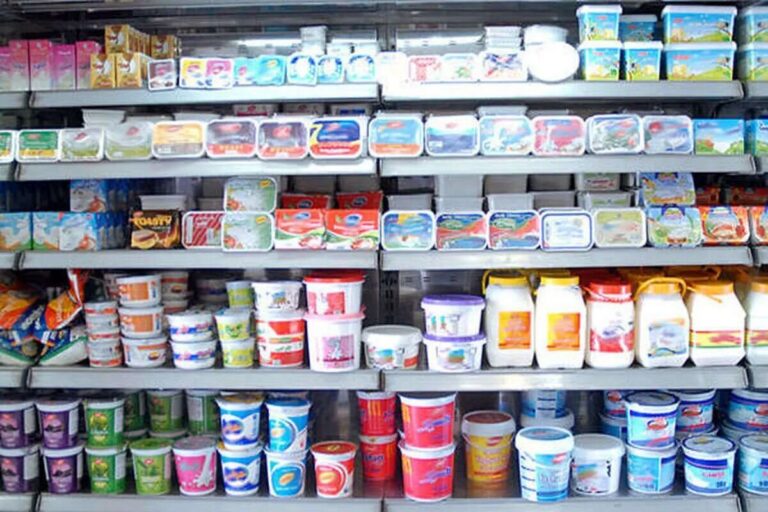Oil Prices Dip as US Pauses Tariffs on Mexico and Canada: What It Means for the Market
In recent developments within the oil market, Brent crude futures have experienced a slight decline, falling by 50 cents, or 0.7%, settling at $75.46 per barrel. Meanwhile, U.S. West Texas Intermediate (WTI) crude has also seen a decrease, dropping 89 cents, or 1.2%, to trade at $72.27.
In the realm of international relations, Canadian Prime Minister Justin Trudeau and Mexican President Claudia Sheinbaum have come together to enhance border enforcement initiatives. This decision comes in response to former President Trump’s request for stronger measures against immigration and drug smuggling, as reported by Reuters.
This collaborative effort will temporarily pause the implementation of tariffs. Specifically, a 25% tariff, along with a 10% tariff on energy imports from Canada, was scheduled to take effect on Tuesday. The pause is set for a duration of 30 days, allowing both nations time to strategize their enforcement policies.
In the oil production arena, the Organization of the Petroleum Exporting Countries (OPEC) and its allies, collectively known as OPEC+, convened on Monday to deliberate on President Trump’s suggestion to increase oil production. Ultimately, they decided to maintain their current strategy, which involves a gradual increase in oil output starting from April.
Furthermore, Trump is anticipated to engage in discussions with Chinese President Xi Jinping as early as this week, according to announcements from the White House. This conversation is particularly significant as a 10% duty on all goods imported from China is scheduled to be implemented later on Tuesday.
As investors keep a close watch on the oil sector, upcoming data on U.S. oil stockpiles for the week ending January 31 is eagerly awaited. According to analysts surveyed by Reuters, it is expected that crude inventories have risen, while gasoline and distillate inventories are likely to see a decline. Here are the key points to consider:
- Brent crude futures fell to $75.46 per barrel.
- WTI crude decreased to $72.27 per barrel.
- Trudeau and Sheinbaum agreed to enhance border enforcement.
- 30-day pause on 25% tariffs and 10% on energy imports from Canada.
- OPEC+ to stick to gradual output increase policy.
- Trump plans to speak with Xi Jinping amidst trade tensions.
- Upcoming U.S. oil stockpile data expected.
As the situation evolves, the interplay between oil prices, international trade, and diplomatic relations will undoubtedly shape market trends. Investors and policymakers alike are keenly aware of the implications that these developments hold for both the energy sector and broader economic relations.
In summary, the recent fluctuations in oil prices reflect a complex web of geopolitical factors and economic policies. The collaboration between Canada and Mexico to enhance border security is a direct response to calls for stronger immigration control and drug smuggling measures. Meanwhile, OPEC+’s decision to maintain steady production levels underscores their commitment to a measured approach in managing global oil supply amidst shifting demand dynamics.
As we look ahead, the upcoming conversations between U.S. and Chinese leaders, along with the anticipated oil inventory reports, will be crucial in determining the trajectory of both the oil market and international trade relations. Stakeholders should remain vigilant as these factors unfold, potentially influencing investment strategies and policy decisions in the near future.






